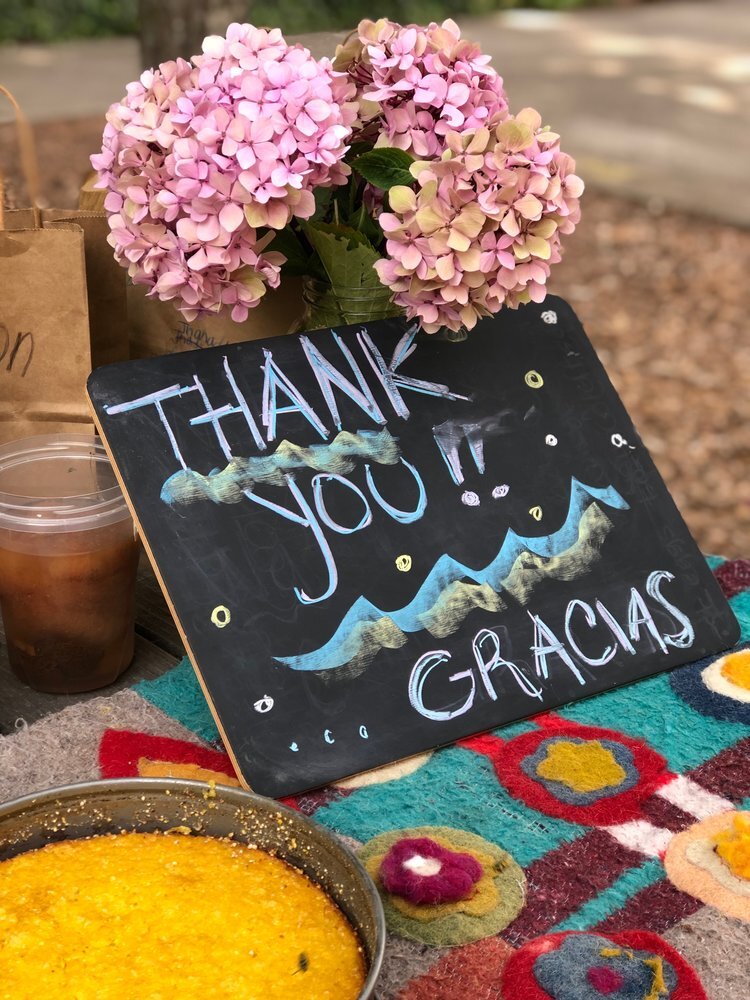Reuse and Make New!
We can always reuse leftovers! It just takes a little imagination and a lot of creativity.
Zero waste has always been important to me — not only in the kitchen, but with all things. This summer, I hosted a felting camp at Cedarwood and shared with students how easy it is to both eat and reuse some of our materials!
When my campers mentioned how much they love guacamole, the first thing I thought of was the beautiful color that Aguacate (avocado) skins turn wool when used as a dye. None of the children were able to guess that these dark skins would turn to a beautiful pink color!
And thus a feast was born: both for our stomachs and our crafting!
We made frijoles negros (black beans) to enjoy with the guacamole, and to make a dark blue dye. Betabel (beets) were in season, so the children gave them a try and watched the bright red-ish purple cover develop in their wool.
This is something that can be done easily in any home kitchen!
To make your own plant-based dye, you’ll need:
1/2 lb. wool roving or yarn
1 c. white vinegar
bowl
4-6 avocado skins & pits - OR - 3-5 beets - OR - 16 oz. dry black beans*
large stainless steel pot
water
Step One:
Prepare your wool or yarn by running it under water so it’s nice and wet when you place it in the bowl (this helps the wool to better absorb the vinegar).
Pour 1 c. of vinegar into the bowl and add water to cover the material.
Leave to rest for 30 minutes.
Step Two:
Clean and wash the avocado skins and pits or beets.
Place in stainless steel pot and cover with water.
Simmer until the water turns color, about 30 - 60 minutes (avoid high heat if using avocado, as it will turn the water brown instead of pink).
Remove the avocado skins and pits or beets and discard.
Add your wool or yarn to soak up the color!
Step Three:
Once your material has reached the desired color, gently wash it by soaking it in warm water with mild detergent.
Rinse in water that is the same temperature as the soaking water to prevent felting.
*Instructions for Black Beans:
Soak beans for 24 hours in cool water.
Carefully strain the liquid from the beans and pour into a bowl with your wool or yarn.
Soak until you see a nice bluish color.
Don’t forget to cook your beans with onions and garlic! YUM.
Please remember that all the scraps you have left in your kitchen — from the tips of your carrots to onion and garlic skins — can be saved in the freezer and used later to make vegetable broth!
Born and raised in Mexico City, Silvia Santana moved to the United States in 2000. With a Bachelor in Psychology from Universidad de las Américas Puebla, Mexico, she has dedicated most of her career to social service. Silvia’s journey into Waldorf education began when she relocated to Portland and her two children started Waldorf school. She has been teaching in the Waldorf community for the last 8 years and is very excited to assist this year’s second grade teacher at Cedarwood, while also teaching the Grade 2 Enrichment Program and leading after school classes in cooking and felting.

